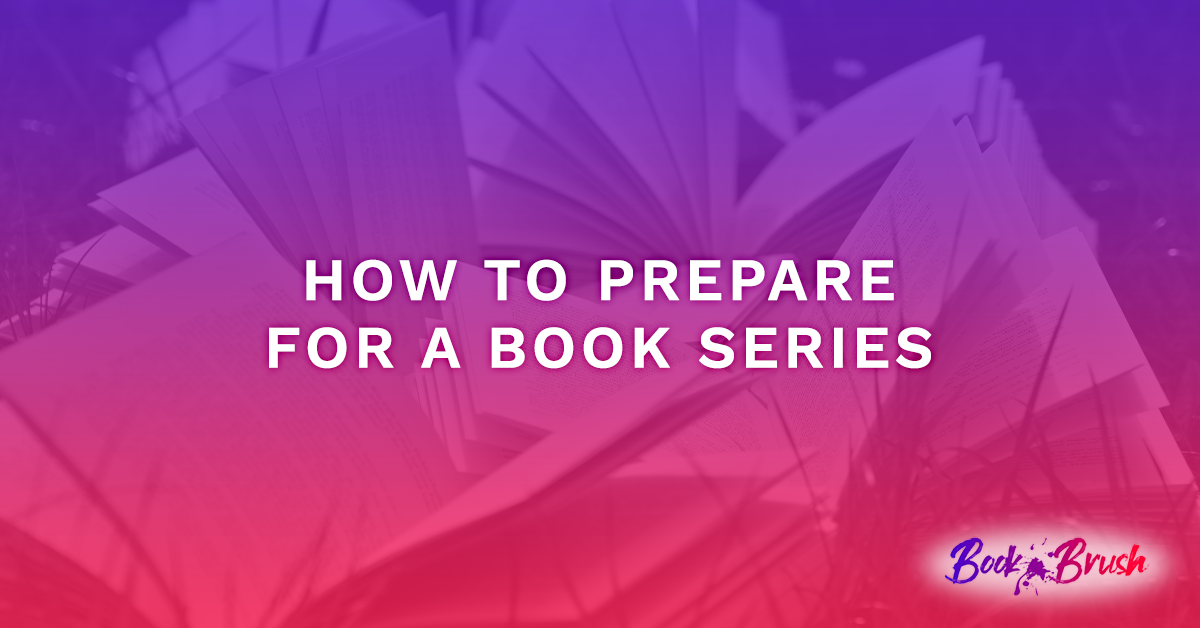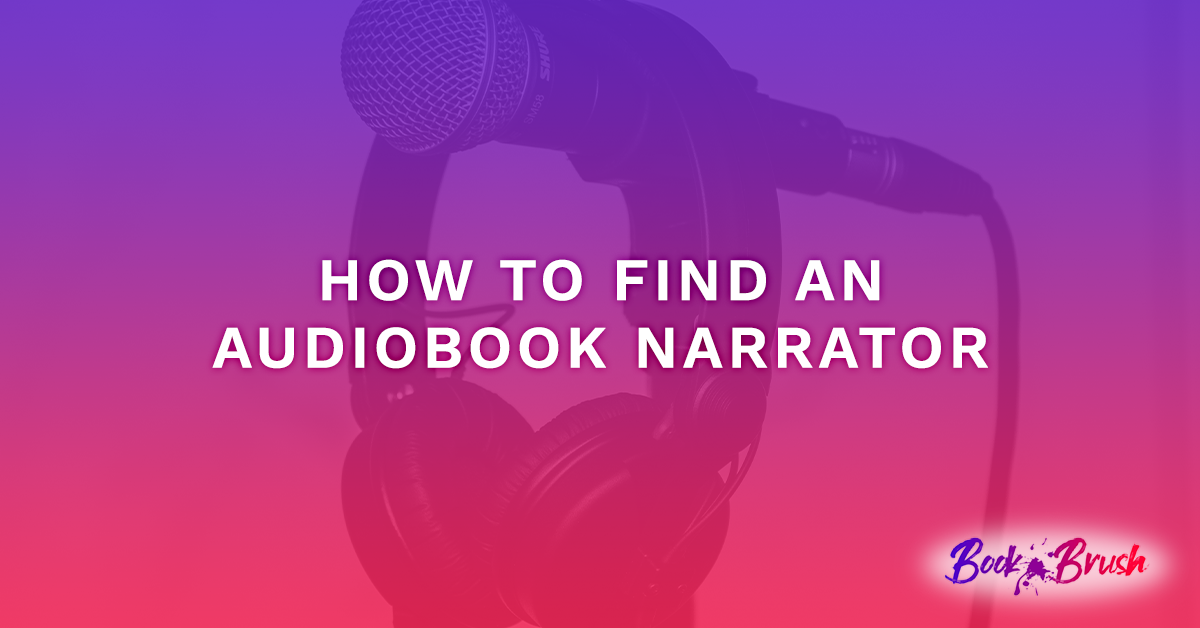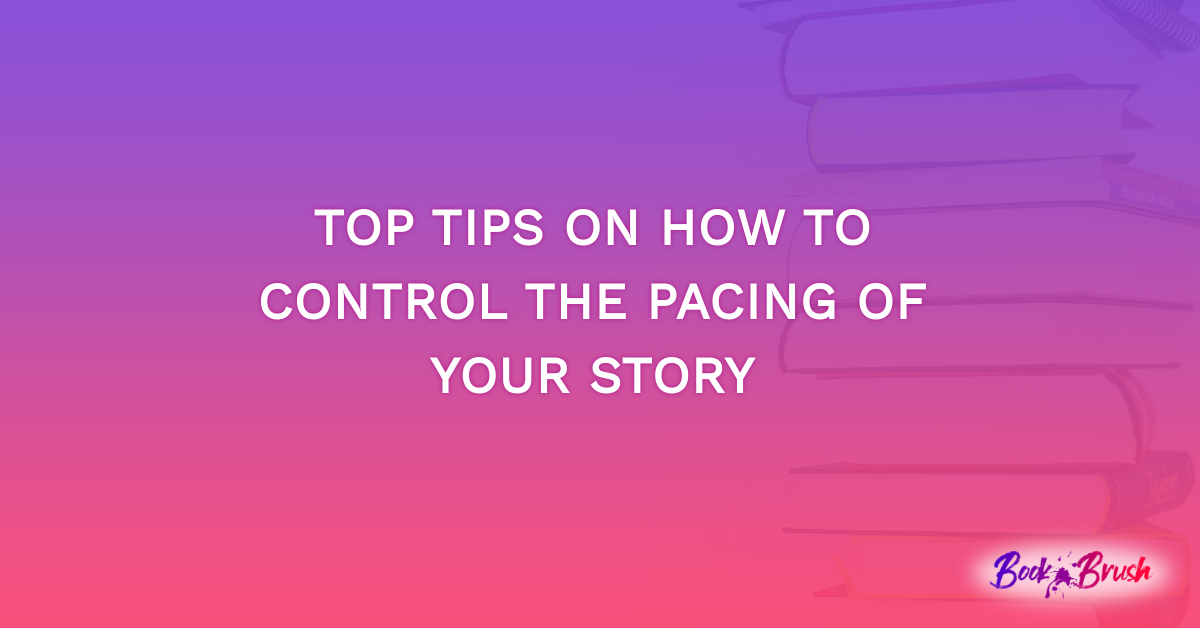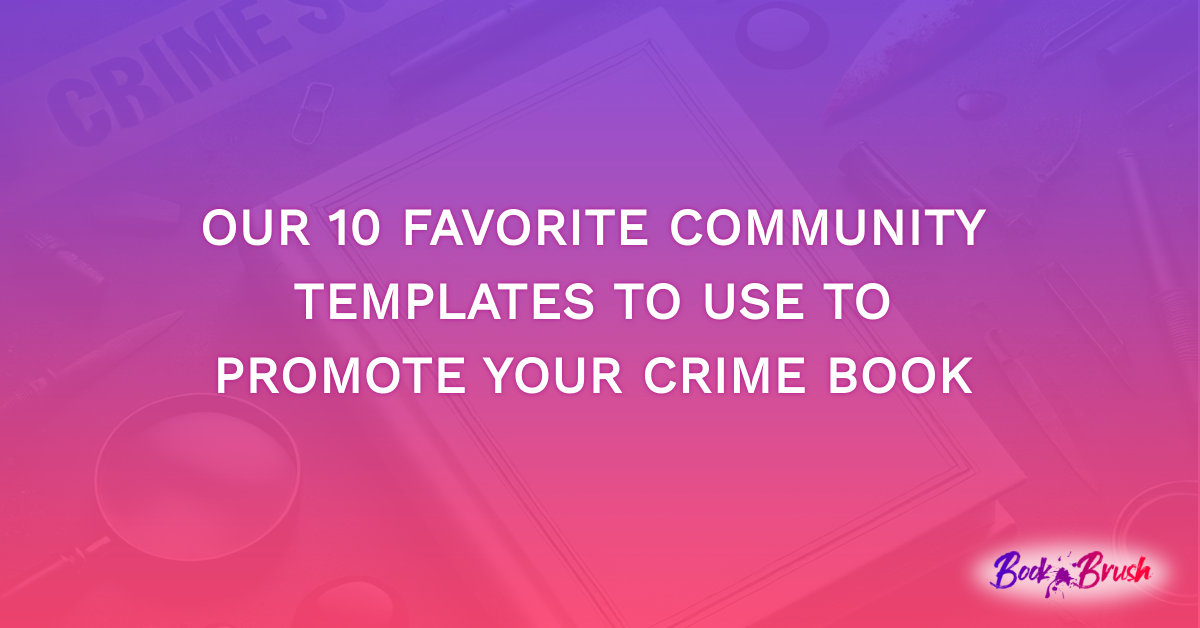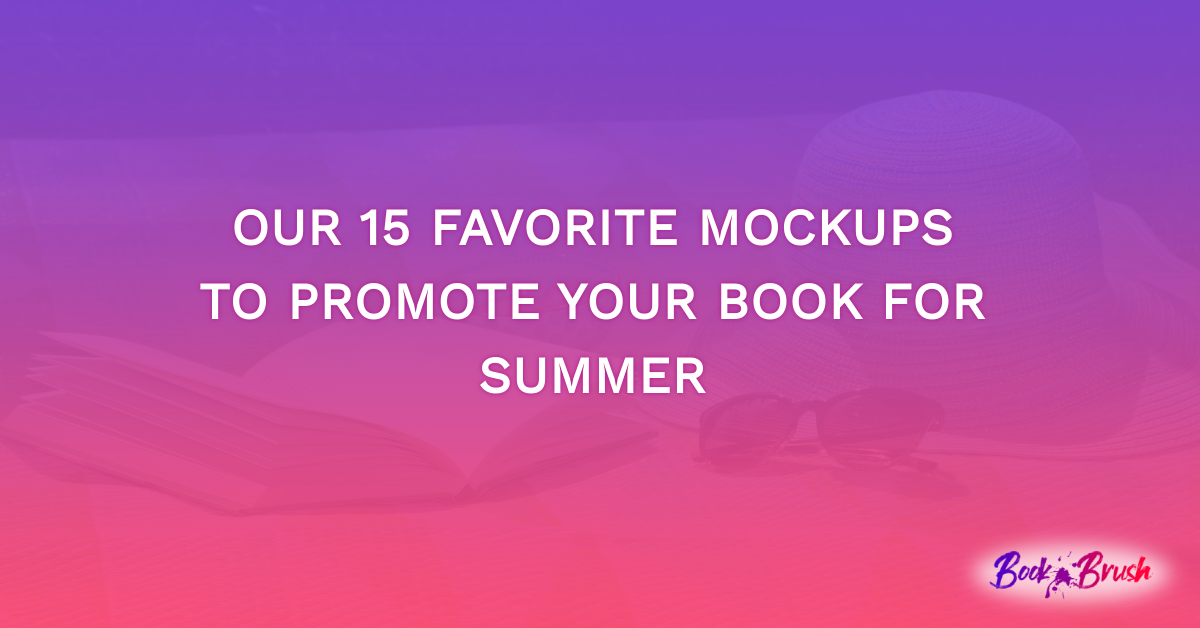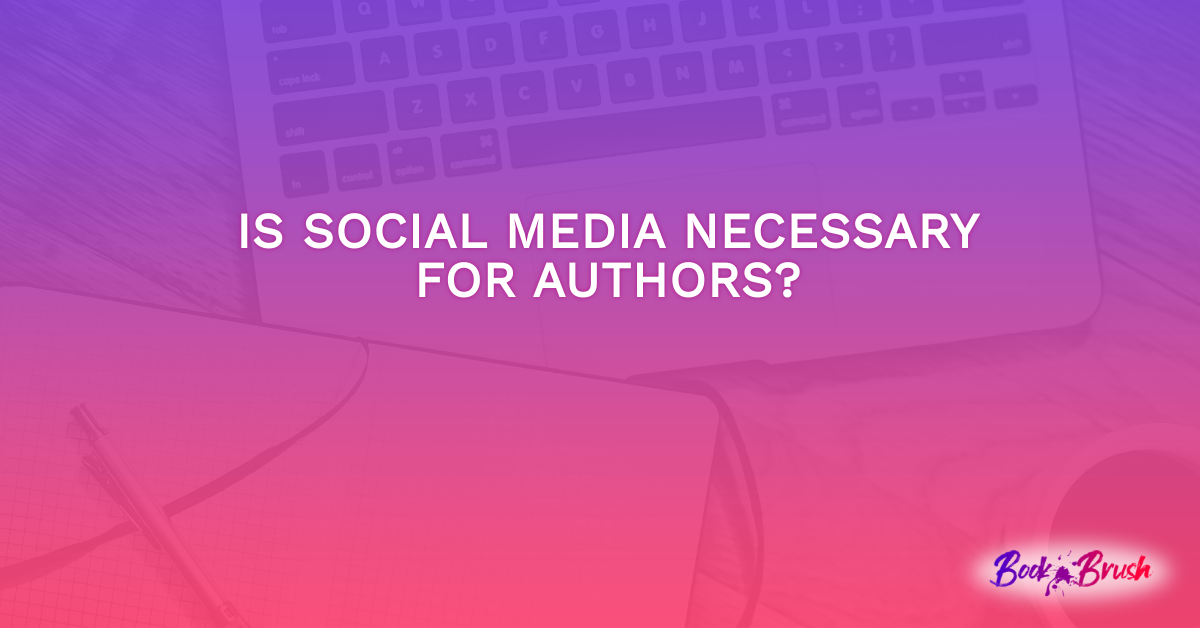Some authors write a book and the characters are so lovable (to both the readers and to the author), that it turns into a series. Others write-to market and find that the best way to have a more promising income stream is to write a series rather than standalones. Whatever the way that you stumble upon the potential of writing a series, here are some basic steps that will help you outline your plan to publish a series.
Decide if it will be a standalone or a cliff hanger series
As a series writer, I’ve written both types, and I’ve learned that you don’t necessarily need to know before you start writing, if the series will be either a standalone or a cliff hanger, but it does help in building the suspense as your story comes to life.
- Tip: Write a cliff hanger ending chapter, where most of the loose ends are tied up by the end of the story, but there is one story arc that is left hanging, which drives readers to buy the next book in the series to see how it ties up.
One caveat here: Sometimes with cliff hanger series, the second book in the series suffers slightly with returns, especially when you offer the first book in your series for free. This happens when readers don’t want to pay for the second book finding it unfair to have to pay for it in order to find out what happens next. It’s not something that happens often, but there is a small percentage of returns each month for the second book in my cliff hanger series.
Cover design themes
When you’re planning to publish a series, you’ll need to have a common theme, font, color scheme and general flavor of the covers, so they will be uniform and it will be very clear that these books all belong together as a unit. If you’re designing your own covers like I do for some of my series, I like to scout like images and choose the color scheme and font that suits the image. It’s also important to make sure that the elements inside the image are similarly placed, so you can place the text in the same area for each of the covers.

Ad image created with Book Brush
Book Brush is a great tool for this. By simply creating your first cover, you can save that to a template, and create the subsequent covers, using the first one as your base. With Book Brush, you’re able to create numerous ad designs as well as book cover designs quickly and easily. I have hundreds of ad designs for all my books from Book Brush. I can’t live without it now!
Titles
For series, it is important to have a common theme with the titles as well. As you can see above, I’ve used a ‘No More’ theme for my works in this series. It doesn’t have to be that similar, but you should attempt to keep a common tone to the titling of your books in a series, just to be consistent, and so readers recognize the commonality.

Website banner created with Book Brush
This is the website header (created with Book Brush) for my Sandra Alex pen name. See how all the titles are based on rock star themes?
Pen Name?
Branding cohesiveness can be accomplished by either using a pen name for your series (if it is a different genre than your current titles/series), or you can also use different imprints. If you’re writing all the same genre or subgenre, this isn’t necessary. However, in my experience, if you write in too many different genres, it causes confusion with readers, and they may be reluctant to buy your new series. In this case, I use pen names. One pen name is for my cleaner (and cliff hanger) romance series, and the other, is for my steamier (standalone) romance series as shown below.

Ad image created with Book Brush
Spacing Releases
When you write a series, you set the stage for readers to be waiting for the next release (especially if it’s a cliff hanger), and while it does build pre-orders (if you choose to go that route), it also keeps readers on the edge of their seats. You don’t want to keep them waiting long, but if you do, you have to make sure that your releases come at a consistent rate. If this is your first series, I suggest waiting until at least your second book is written in rough draft before you release the first one. This also builds trust, which is important.
Permafree First in Series
This is a tough one. Many authors struggle with the idea of giving their books away for free. If you notice a common theme in the ads I’ve shown here, it’s that the first book in all my series are given away for free. It’s painful, and I do give away a lot of books (thousands every month), but it also leads to better sales for the rest of the books in the series.
Many authors do it, and I can tell you personally that my sales did not take off until I did this. Some authors can get away with lowering the price to ninety-nine cents, but that did not prove successful for me. If you’re going to go permanently free, of course, wait until the second book in the series is available for purchase, so at least you can gain some sales dollars. The longer the tail of your series (the more books in the series), the more sales you will potentially get.
Marketing a Series
The beautiful thing about marketing a series especially if you decide to place book one of your series on permanently free, is that it makes marketing a lot easier (and cheaper). Think about it. Each standalone book has to be marketed separately, but for series, whether they’re cliff hangers or not, the first book leads to the second, and the second leads to the third, and so on. Most retailers will link books in a series, too, and you can do this yourself when you post your series on Amazon.
The Rapid Release
Some authors choose to have all their books in a series written prior to releasing book one, and then release one a week or one every two weeks, etc. I go one every eight weeks, and it works very well. And it doesn’t matter how far apart you space your releases, just as long as it’s consistent.
How Many Books in a Series?
At first, I thought that there was a magic number here, but there isn’t. Two of my steamy romance series have five books in them, but in my western romance series, I’m up to six, and my rock star romance series, there are only four right now. I’ve learned that it all depends on the characters, and if you’ve introduced enough of them, and created enough character development that the reader will be intrigued and want to learn more about the characters. You can have as many books in a series as you want, provided the sales are there. If your readers love your books, just keep writing them!
Non-Fiction Series
Most of my series are fiction, however, I have started a non-fiction series, which works much the same, except that the formatting is very different in both the covers and the interior of the books. Plus, it’s very different not having to invent characters and worlds, but instead, providing factual information. The marketing of the books is also very different in that some non-fiction markets are not nearly as saturated as fiction (speaking as a romance writer-romance is very saturated), so it’s a nice break from a very busy and competitive market.
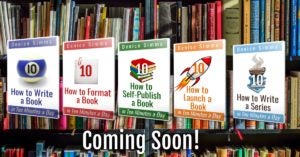
Ad image created with Book Brush
What’s nice about Book Brush is that you have the added bonus of great graphics and images, so when it comes to things like creating covers for non-fiction books, it’s all there. Above is ad copy from my newest series (non-fiction), and I was able to capture all my images from Book Brush.
Also great, the new ‘eye-dropper’ feature that enables you to pull any color from any part of an image or background, and make that the color of the text or text background. That’s how I did all the coloring for these covers!
Final Words
Here is a quick checklist for what needs to be done to prepare for a series:
- Standalone or cliff hanger?
- First book permafree?
- Cover/title/font themes
- Release staggering
- Character introduction/development and number of books
- Allow pre-orders?
Bonus: If you decide to do a standalone series, as a newsletter sign-up incentive, offer an Extended Epilogue in the back matter of your books, which gives the reader bonus content. I do this for my two steamy romance series, offering readers insight into how the characters are doing down the road. It’s a great way to get signups!
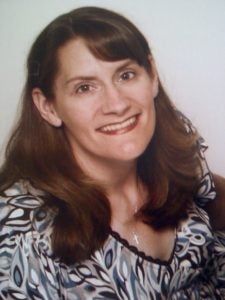 Article by Sandy Appleyard
Article by Sandy Appleyard
Sandy has been writing poems and short stories since middle school, and writing full-length, self-published novels since 2010, using pen names Sandy Appleyard, Sandra Alex, and Denice Simms. You’ll find this author working out weekday mornings at ungodly hours. She’s gluten and dairy free and is probably the only person on earth who doesn’t do coffee or chocolate. Sandy lives in Niagara Falls, Ontario with a husband, two daughters and is a lover of all things four-legged, including her own two furbabies.
